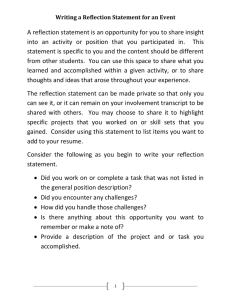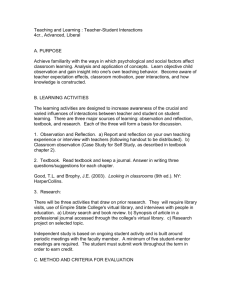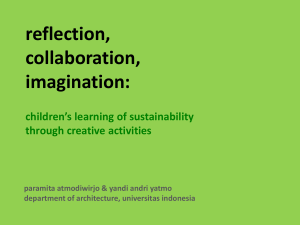Low Road and Windmill Music Federation
advertisement
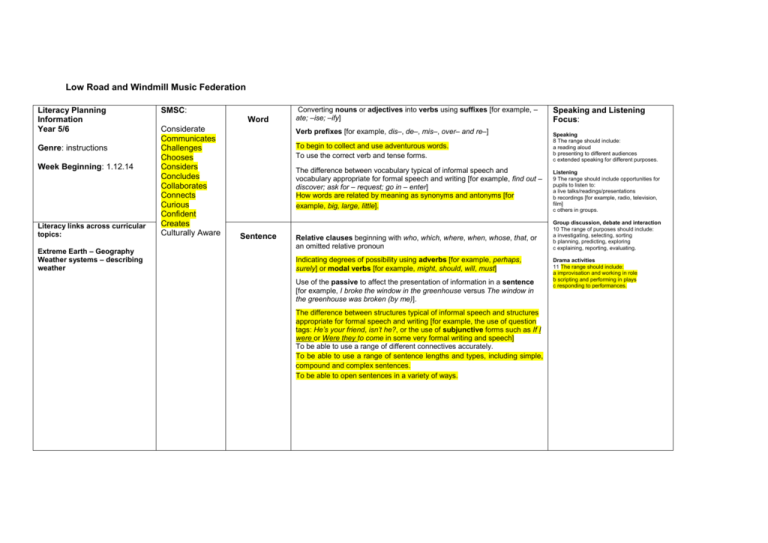
Low Road and Windmill Music Federation Literacy Planning Information Year 5/6 Genre: instructions Week Beginning: 1.12.14 Literacy links across curricular topics: Extreme Earth – Geography Weather systems – describing weather SMSC: Word Considerate Communicates Challenges Chooses Considers Concludes Collaborates Connects Curious Confident Creates Culturally Aware Converting nouns or adjectives into verbs using suffixes [for example, – ate; –ise; –ify] Verb prefixes [for example, dis–, de–, mis–, over– and re–] To begin to collect and use adventurous words. To use the correct verb and tense forms. The difference between vocabulary typical of informal speech and vocabulary appropriate for formal speech and writing [for example, find out – discover; ask for – request; go in – enter] How words are related by meaning as synonyms and antonyms [for example, big, large, little]. Sentence Relative clauses beginning with who, which, where, when, whose, that, or an omitted relative pronoun Indicating degrees of possibility using adverbs [for example, perhaps, surely] or modal verbs [for example, might, should, will, must] Use of the passive to affect the presentation of information in a sentence [for example, I broke the window in the greenhouse versus The window in the greenhouse was broken (by me)]. The difference between structures typical of informal speech and structures appropriate for formal speech and writing [for example, the use of question tags: He’s your friend, isn’t he?, or the use of subjunctive forms such as If I were or Were they to come in some very formal writing and speech] To be able to use a range of different connectives accurately. To be able to use a range of sentence lengths and types, including simple, compound and complex sentences. To be able to open sentences in a variety of ways. Speaking and Listening Focus: Speaking 8 The range should include: a reading aloud b presenting to different audiences c extended speaking for different purposes. Listening 9 The range should include opportunities for pupils to listen to: a live talks/readings/presentations b recordings [for example, radio, television, film] c others in groups. Group discussion, debate and interaction 10 The range of purposes should include: a investigating, selecting, sorting b planning, predicting, exploring c explaining, reporting, evaluating. Drama activities 11 The range should include: a improvisation and working in role b scripting and performing in plays c responding to performances. Group NC Levels, PP Children and More Able (MA): Devices to build cohesion within a paragraph [for example, then, after that, this, firstly] Text MA group 1 Linking ideas across paragraphs using a wider range of cohesive devices: repetition of a word or phrase, grammatical connections [for example, the use of adverbials such as on the other hand, in contrast, or as a consequence], and ellipsis Alysha Kenzi pp Kyle pp Levi pp Cody pp Layout devices [for example, headings, sub-headings, columns, bullets, or tables, to structure text] To make sure that the audience and purpose of my writing is clear. To be able to create a clear picture in the reader’s mind using elaborate descriptive and technical vocabulary. Group 2 Harry Connor pp Keigan pp Kian pp Lennon pp Lily pp Brackets, dashes or commas to indicate parenthesis Punctuation Use of commas to clarify meaning or avoid ambiguity To use speech marks to denote speech, and begin to use some other speech punctuation. Group 3 Chloe pp Esmenia Summer pp Tia pp Mohamed Bradley pp Learning Objective Connection/ Introduction Activation Teaching Learning Spelling Focus: To identify key features of instructional texts Read an eg of an inst. Text Reflection Session 1: 3 groups, 3 adults write intro What is the purpose / audience? Go through writing overview plan in ch. Books Homework: Read text again, can we identify features in the text we will be learning? Lit genre PP instructions Reflection Go through PP and annotate on text feature located Introduce unit of work How to catch an ogre Read Read again and highlight key features Put into new context Monsters inc Watch clip Watch clip again Plan how to catch the monster that’s living under my bed Reflection Read ogre eg and do the same 3 guided groups write instructions Reflection Session 2: Write introduction Demo into shared Look at eg of instructions and recap and locate key features Session 3: Children write in 3 guided groups Reflection Important note – closing Read Demo write Homework: Session 4: To answer SAT style Q inference Reading book 3 saved 3 guided groups Reflection Homework: Session 5: Reflection Homework:


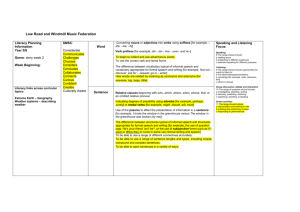

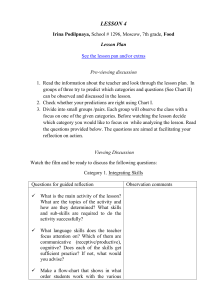
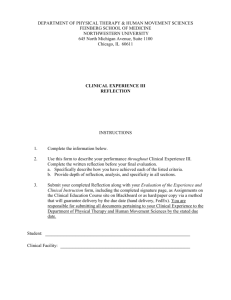

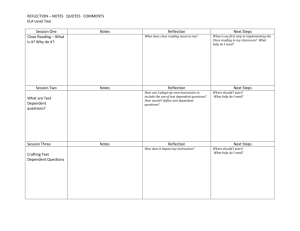
![Sample school protocols[1] - School Self](http://s3.studylib.net/store/data/007285493_1-1f0a192d78cd6d2561c4607b421bbb0f-300x300.png)
